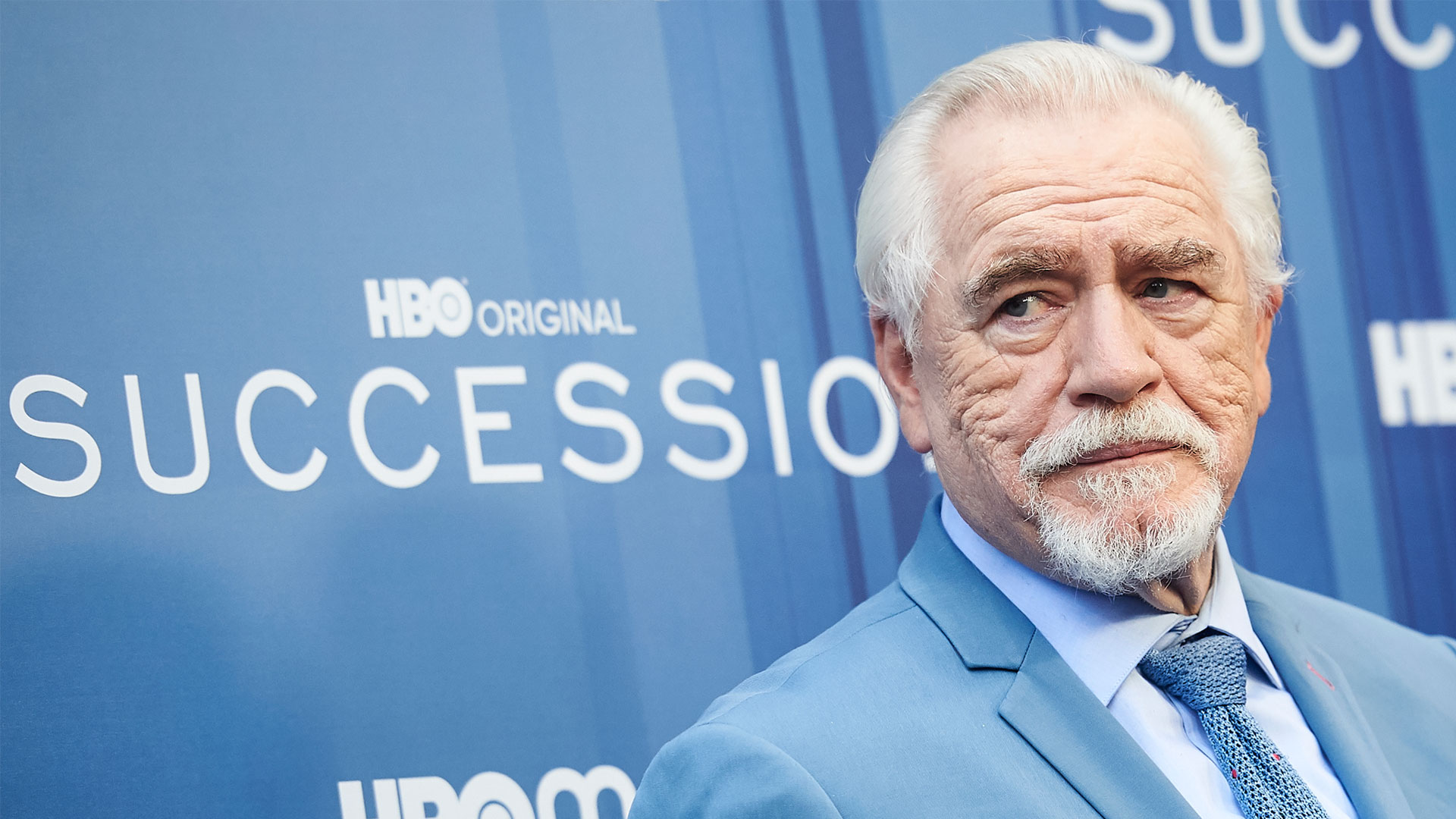HBO Max's big Max makeover comes with one huge downgrade
Please pay more

Lost amid the hoopla for HBO Max rebranding to Max and a content rollout that will include a rehash of the Harry Potter series is the news that there's a significant change coming in 4K content access, and it won't please existing HBO Max subscribers.
Max, which launches in the US on May 23, is a partial combination of the HBO Max streaming service and Discovery content that includes three tiers:
| Tier | Max Ad-Lite | Max Ad Free | Max Ultimate Ad Free |
| Price | $9.99/month or $99.99/year | $15.99/month or $149.99/year | $19.99/month or $199.99/year |
| Resolution | 1080p resolution | 1080p resolution | 4K UHD resolution |
| Streams | Two concurrent streams | Two concurrent streams | Four concurrent streams |
| Sound | 5.1 surround sound quality | 5.1 surround sound quality | Dolby Atmos sound quality |
| Offline | No offline downloads | 30 offline downloads | 100 offline downloads |
Across the Max Ad-lite (some commercial interruptions in content) and Max Ad Free (no commercials) tiers, there is no support for 4K content. Only Max Ultimate promises what Max parent company Warner Media describes as "an expanded catalog" of 4K content that includes The Last of Us, Harry Potter, and Game of Thrones.
Warner Media confirmed to TechRadar that, as of May 23, new Max ad-free-tier subscribers will not find any 4K content.
In addition, existing HBO Max subscribers, like, yes, myself, will after a six-month grace period on the new $15.99 Max Ad-Free tier, also lose access to 4K content. They can, of course, upgrade to the Max Ultimate Ad-free tier for an additional $4 a month.
Here's how Warner Media described the changes to me:
Current HBO Max Ad-Free subscribers will continue to have access to 4K content for at least six months following the transition to Max, after which they can move into the Ultimate Ad-Free tier if they prefer a more premium viewing experience.
Get daily insight, inspiration and deals in your inbox
Sign up for breaking news, reviews, opinion, top tech deals, and more.
New subscribers will be able to choose between three pricing options based on which plan best fits the needs of their household. The Ultimate Ad-Free tier will exclusively feature an expanded collection of 4K content, in addition to Dolby Atmos sound quality, 4 concurrent streams, and up to 100 offline downloads.
To be clear, the difference between existing HBO Max ad-free subscribers and new Max ad-free subscribers is that new customers will not get 4K. Those existing ones keep the 4K content for six more months and then it's gone. If they want it back, they can pay for the Ultimate tier.
Granted, an additional $48 a year for high-quality visual content that matches the capabilities of the best 4K TV investment you likely made within the last few years may seem like a small price to pay. On the other hand, we're in the middle of a cost of living crisis where every monthly bill increase is like another nick in the death of a thousand cuts.
While we're excited by the prospect of access to even more content thanks to the partial integration of Discovery content and the promise of new shows like The Penguin, taking away a feature from devoted subscribers seems wrong and unfair.
Even that six-month grace period feels like a slight, since it's only there to tease existing $15.99 a-month customers with what they could have if only they paid a little more each month.
I asked Warner Media for comment on how this news might upset some existing subscribers but they have yet to write back. Yes, the press releases and tiers speak for themselves, but I'm not sure how Warner Media and HBO can ignore the inevitable customer backlash.
As for those who say we won't notice the difference, I'd argue that 1080p on a 65-inch 4K set will not look nearly as crisp - even with upscaling - as native 4K. Most people are probably only watching HBO Max in 4K because most of the top-tier content, like Last of Us and Succession, is currently streaming in 4K.
Obviously, on the scale of problems, even tech problems, this is a small concern. But when it comes to our wallets, small problems easily transform into monthly budget headaches.
Warner Media and Max still have time to adjust this. They could leave the ad-free tier with 4K and keep it off the ad-supported one. That's a fair compromise from, as the great Logan Roy might say, serious people.
Update 4-13-2023: This post was updated to clarify Warner Media's statement on its new Max plans.

A 38-year industry veteran and award-winning journalist, Lance has covered technology since PCs were the size of suitcases and “on line” meant “waiting.” He’s a former Lifewire Editor-in-Chief, Mashable Editor-in-Chief, and, before that, Editor in Chief of PCMag.com and Senior Vice President of Content for Ziff Davis, Inc. He also wrote a popular, weekly tech column for Medium called The Upgrade.
Lance Ulanoff makes frequent appearances on national, international, and local news programs including Live with Kelly and Mark, the Today Show, Good Morning America, CNBC, CNN, and the BBC.